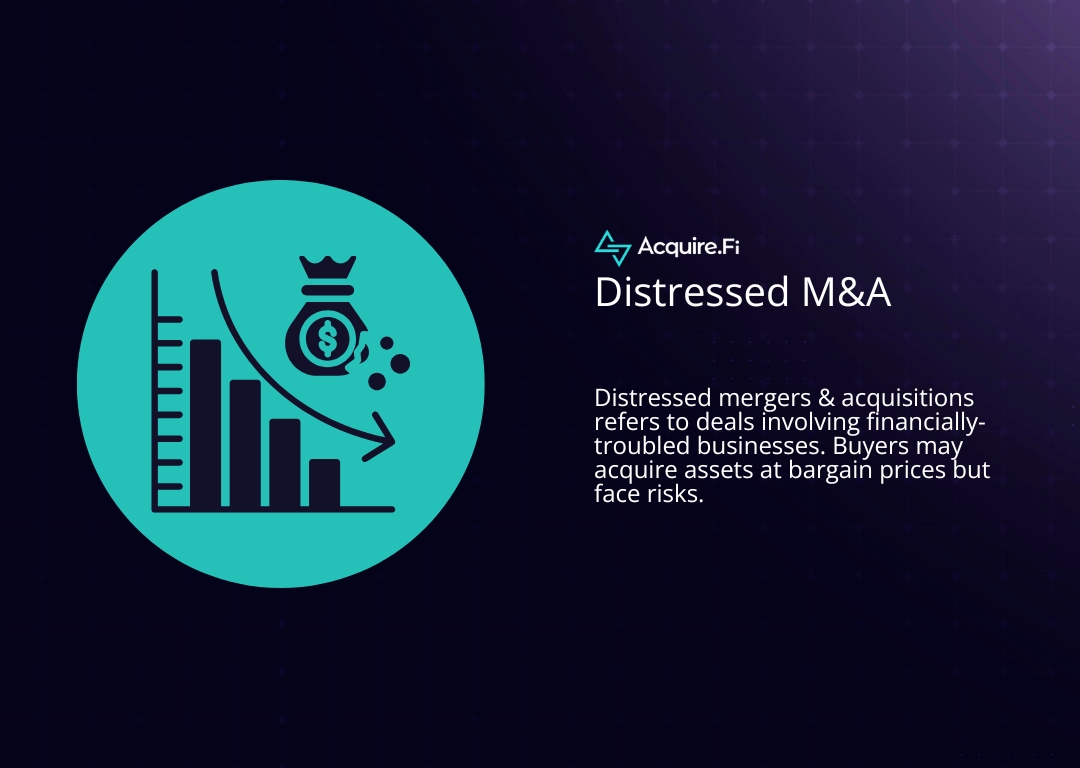Crypto Market Makers: The Backbone of Liquidity
Market makers are essential participants in crypto exchanges, enabling efficient execution at competitive prices. Without them, markets and lesser-known tokens would experience thin liquidity, wider spreads, and volatile pricing during low‑activity periods. Their continuous activity stabilizes trading across fragmented platforms and volatile markets.
What is A Crypto Market Maker?
A crypto market maker is a firm or individual that continually provides both bid (buy) and ask (sell) quotes for a digital asset, profiting from the bid‑ask spread while managing inventory risk via algorithmic trading and hedging strategies. Their continuous presence ensures liquidity even when natural counterparties are absent, making markets more accessible and efficient. Market makers also drive price discovery by updating quotes in response to real‑time changes in supply and demand .
How Crypto Market Making Works
Market makers in crypto support liquidity by placing continuous bid and ask orders on exchange order books. They use algorithmic trading systems that dynamically adjust quotes based on live data such as order flow, price volatility, market depth, and inventory levels; these systems rebalance exposure and sustain consistent order book depth.
Market makers also engage in arbitrage or buying and selling the same asset across different exchanges to profit from temporary price differences. Through frequent small trades and cross‑venue quote synchronization, they maintain tight spreads and reliable execution, even under volatile conditions .
How Market Makers Influence Liquidity
By placing buy and sell orders across different price tiers, market makers deepen the order book and reduce price impact on large trades. That added depth smooths price movements, making markets more resilient. Tight bid‑ask spreads reduce trading costs, enhancing trade efficiency, especially when volume is low or volatility high. It also reduces slippage and allows a more efficient execution.
Market makers’ effect on cryptocurrency liquidity creates price stability. This support is especially crucial for newly listed or low-volume tokens, where organic trading activity is limited, and for institutional traders executing large orders who require both liquidity and predictable pricing.
If you have a crypto project and have liquidity issues, the Acquire.Fi rypto market making services can help you set-up custom solutions.
3 Models of Market Making in Crypto Space
Token projects and exchanges can choose among crypto market-making service models to suit their trading environment and liquidity needs. These models vary in terms of transparency, capital efficiency, volatility management, and ideal use cases.
Traditional Market Makers
This model is common in centralized exchanges (CEXs), where specialized trading firms continuously post bids and ask orders into the order book. These participants manage inventory, update quotes via algorithms, and profit from the bid-ask spread while balancing exposures in real time. GSR Markets, Wintermute, Cumberland, and Jump Trading are just a few examples that utilize the traditional market-making format.
Automated Market Makers (AMMs)
AMMs power decentralized exchanges (DEXs) like Uniswap, Curve, and Balancer. Instead of matching trades via an order book, these systems rely on smart contracts and liquidity pools. Prices are determined algorithmically using formulas such as the constant‑product model. Anyone can contribute capital to earn fees. This model decentralizes access to liquidity but introduces impermanent loss and slippage risks.
Hybrid Market Makers
Hybrid models blend elements of centralized order‑book making with AMM-style liquidity pools. These systems typically leverage active quoting from centralized liquidity providers while also seeding decentralized pools to ensure early liquidity. The approach is designed to mitigate cold-start issues for new tokens and enhance capital efficiency by leveraging the strengths of both systems. Cicada, SQS Trading, and Emprica are known to leverage the hybrid model.










.webp)